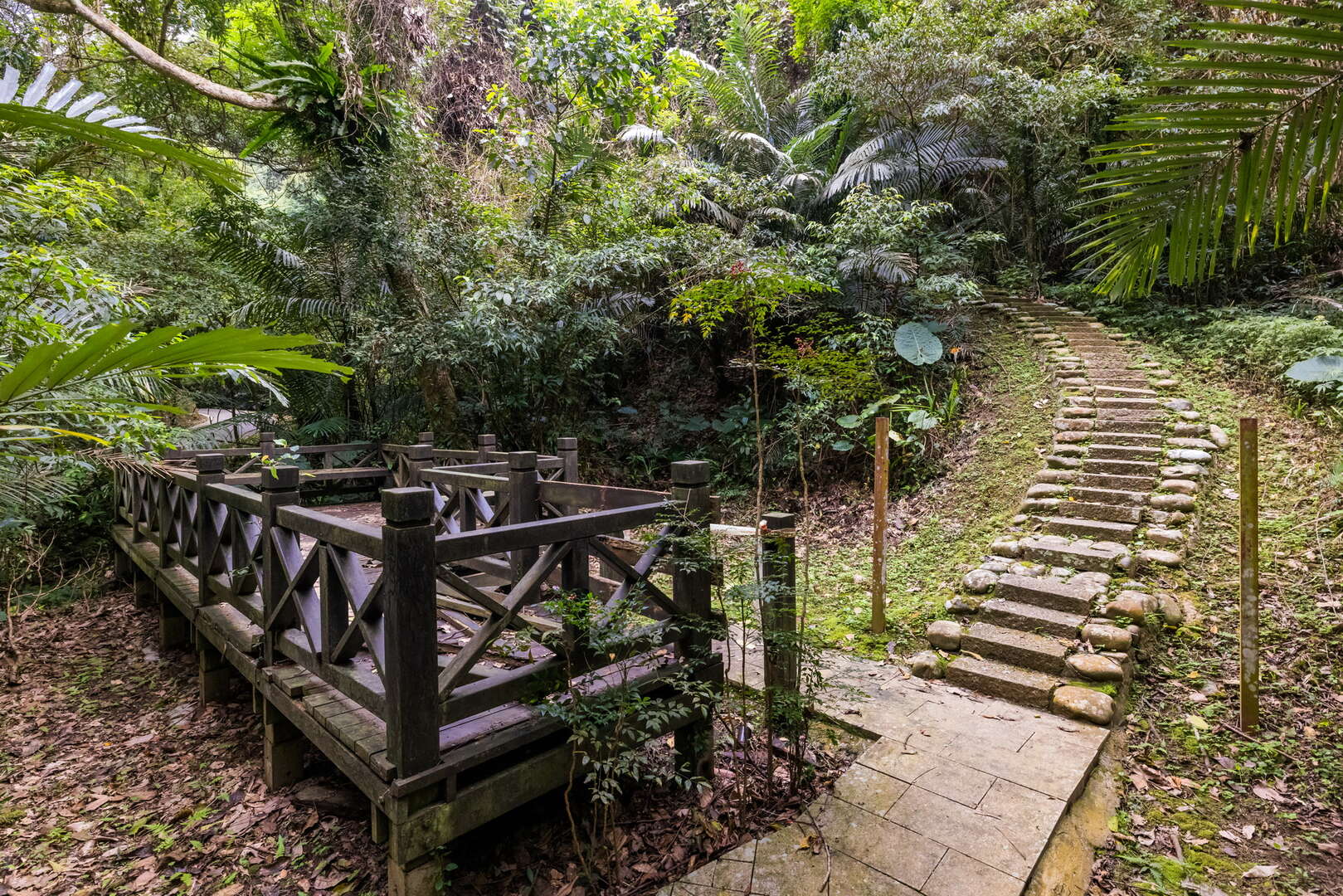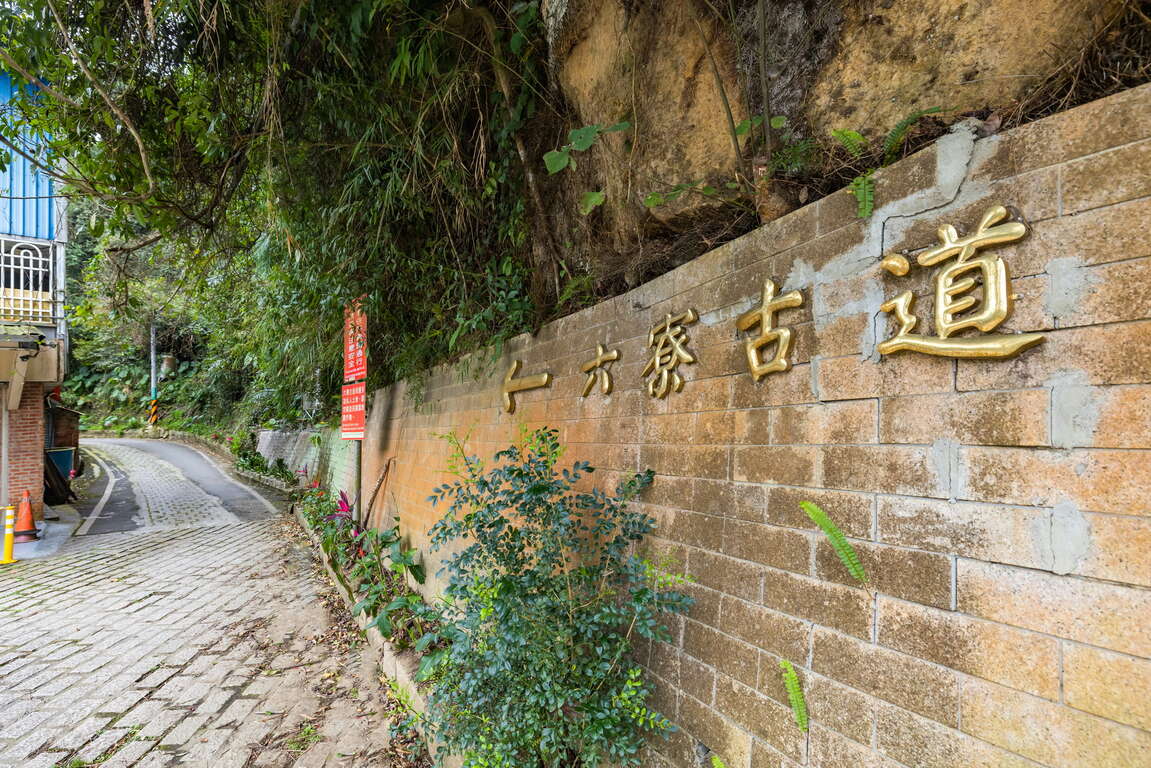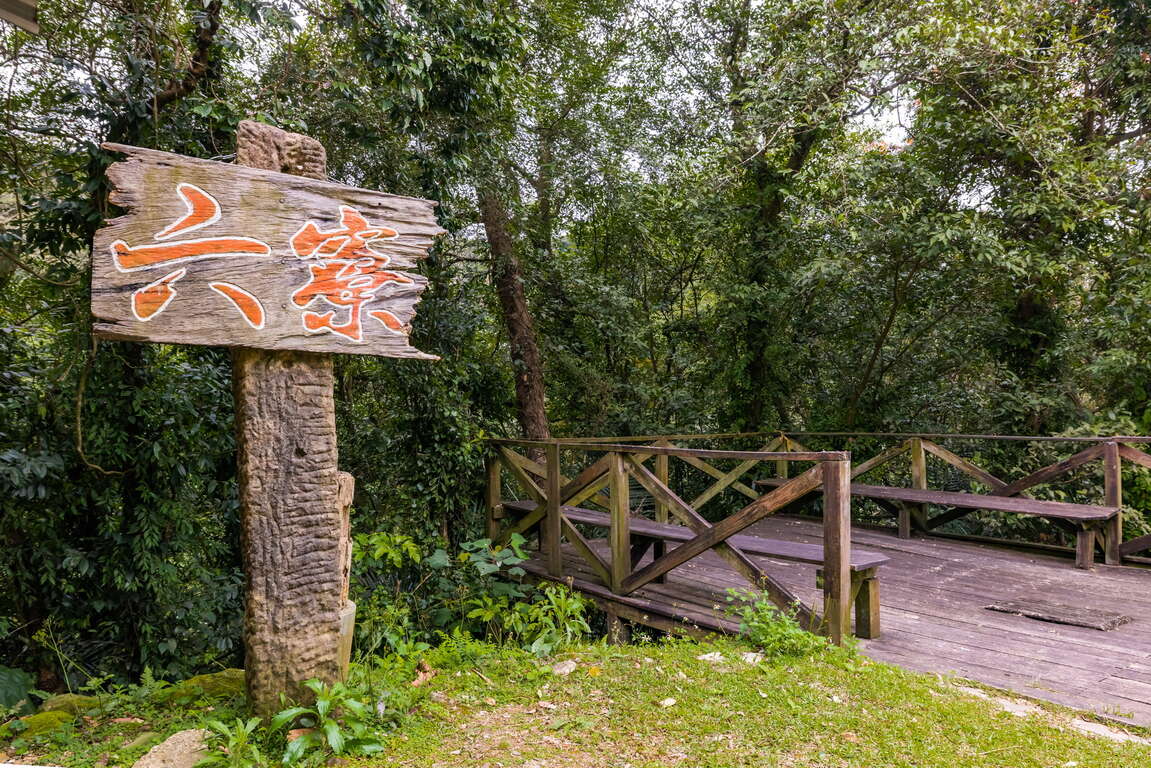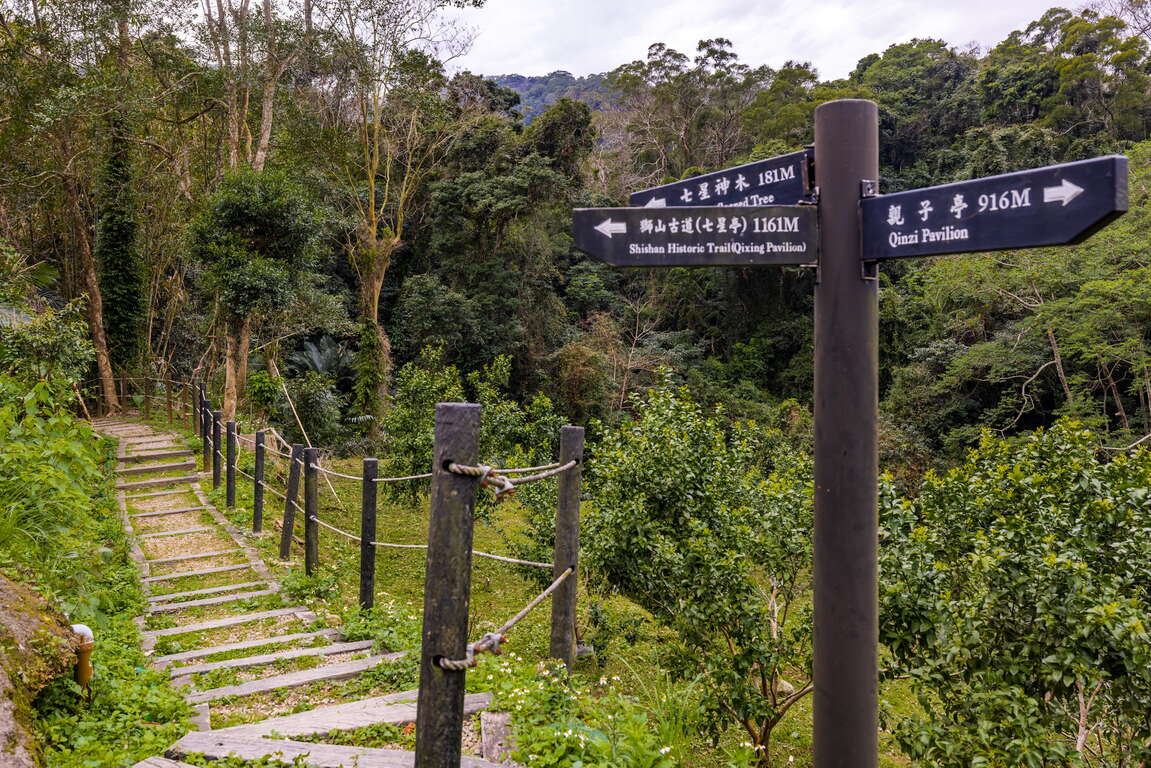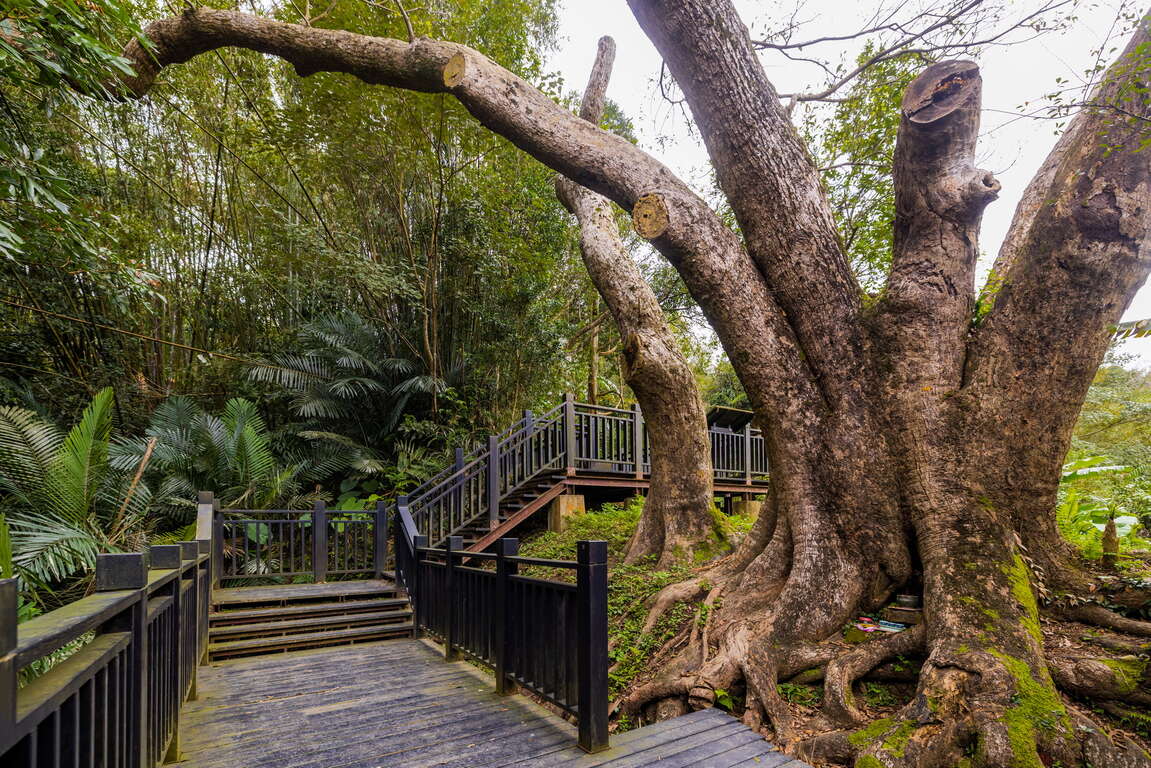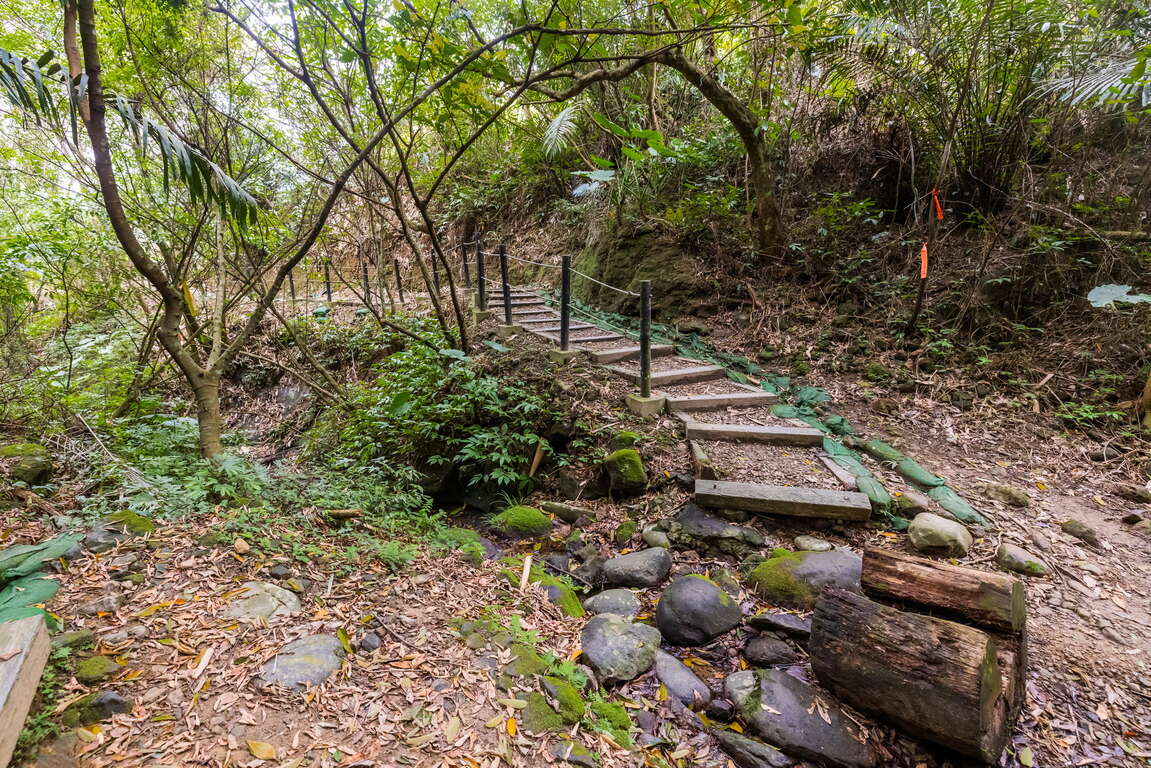Liouliao Historic Trail
Today
--°C
--%
Updated:2024-11-12
 4.4
4.4- National Forest Recreation Area
Fun activities
- Along the way, you can see the unique topographical landscape of Liouliao River, the "Pothole."
- You may have a chance to see fireflies flying on the fallen tung flowers on spring and summer nights.
- It would be best to visit the "Seven-star Sacred Tree," a century-old mother and child-camphor tree with the same roots.
Liouliao Historic Trail is a well-known trail in the back of Lion's Head Mountain Scenic Area. The entrance is next to the Lion's Head Mountain Visitor Center. The front section of the trail is paved with a flat asphalt road for convenient transportation, while the back section retains the original appearance of the mountain road. Built along the Liouliao River, the trail features the river erosion landform "Pothole" and the famous Seven-star Sacred Tree, making the journey extremely exciting.
The Origin of Liouliao, the Reclamation Site of Jin Guang Fu Ken Hao
In 1835 AD, Si-Ye Li, along with Xiu-luan Jiang, Bang-Zheng Chou, and others, formed the " Jin Guang Fu Ken Hao" and led hundreds of people to expand the Beipu, Emei, and Baoshan areas, setting up 36 pass houses to resist armed conflicts with the indigenous Saisiat Tribe. Therefore, "Liouliao" means" the sixth pass house," originating from previous defense works. Today, the traces of battle no longer exist, replaced by gurgling water and historical relics.
A natural geological classroom, the pothole river erosion landform
Liouliao Historic Trail is famous for its pothole landscape, and the clear Liouliao River accompanies it. If you look carefully, you will find many potholes on the riverbed. In the past, the water flow moved the rocks upstream when there was abundant rain. When the stones block, the water flow drives them to spin. After a long period of grinding, the riverbed will be perforated to form an extraordinary river erosion landscape.
The seven-star sacred tree is a century-old mother-and-child camphor tree with the same roots.
A famous seven-star sacred tree at the back of the road is a pair of mother-and-child camphor trees. The mother camphor tree is about 400 years old, and the child camphor tree is about 100 years old. It is named because the trunk has seven branches from the same root. The Lord of the land (Tudigong) is also known as the Deity of Wealth and Merit, and the Hakka people call him Bogong. Banyan trees or camphor trees often accompany Bogong temples. There is a belief that they bring good fortune and protection. The locals still worship the mother and child camphor "Bogong Tree" to this day.
The Liouliao Historic Trail is parallel to the Lion's Head Historic Trail. You can go to the Tengping Trail or challenge the higher-altitude Yuanshan Trail. Finally, you will reach the Qixing Pavilion, connected to the Lion's Head Historic Trail. You can freely go to the tail or head of the Lion's Head Mountain. Although the trail is long, the slope is gentle, and it is a hiking trail that can meet most people's needs.
Information
Open Time
- Sunday:Open 24 hours a day
- Monday:Open 24 hours a day
- Tuesday:Open 24 hours a day
- Wednesday:Open 24 hours a day
- Thursday:Open 24 hours a day
- Friday:Open 24 hours a day
- Saturday:Open 24 hours a day
TEL
886-3-5809296
Related Links
How to Get There
